CAMBODIA TRAVELING , Angkor Wat, Siem Reap, Sihanoukville
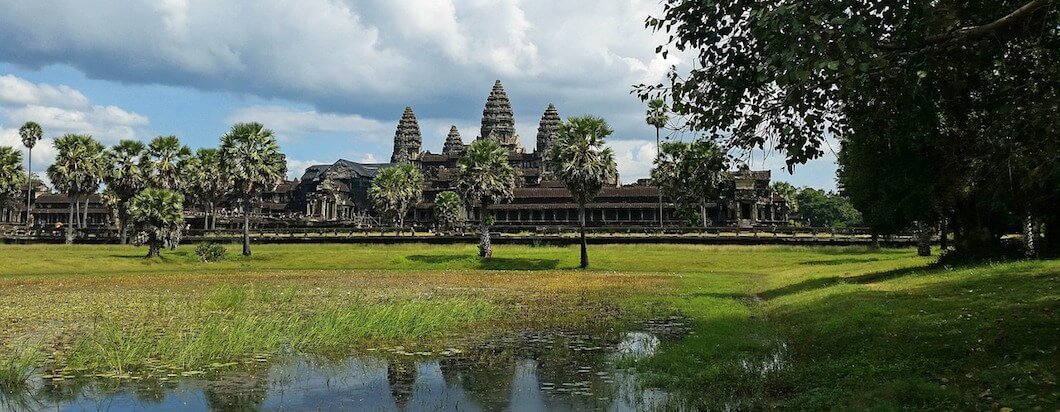
Angkor Wat is an ancient city in Cambodia that was the center of the Khmer empire that once ruled most of Southeast Asia. This civilization went extinct, but not before building amazing temples and buildings that were reclaimed by the jungle for hundreds of years. Though this place is always packed with tourists, the area is still breathtaking to see. The most popular temples are Angkor Wat, Bayon, Ta Phrom, and Angkor Thom. I would recommend getting a multi-day pass so you can visit some of the outer temples where there are less visitors. The closest major city and launching pad for tours here is Siem Reap.!
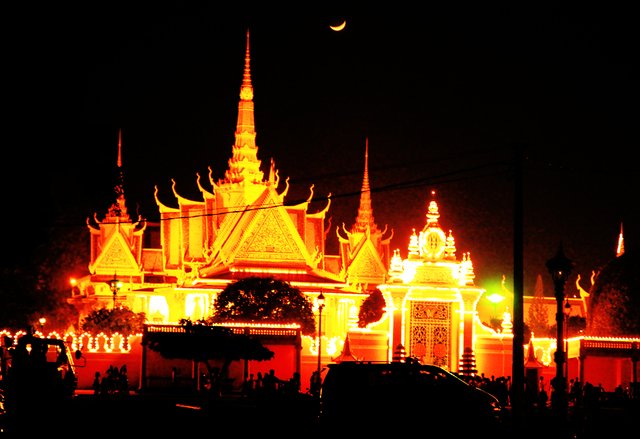
Phnom Penh is the vibrant bustling capital of Cambodia. Situated at the confluence of three rivers, the mighty Mekong, the Bassac and the great Tonle Sap, what was once considered the 'Gem' of Indochina. The capital city still maintains considerable charm with plenty to see. It exudes a sort of provincial charm and tranquillity with French colonial mansions and tree-lined boulevards amidst monumental Angkorian architecture. Phnom Penh is a veritable oasis compared to the modernity of other Asian capitals. A mixture of Asian exotica, the famous Cambodian hospitality awaits the visitors to the capital of the Kingdom of Cambodia.
Here in the capital, are many interesting touristy sites. Beside the Royal Palace, the Silver Pagoda, the National Museum, the Toul Sleng Genocide Museum, the Choeng Ek Killing Fields and Wat Phnom, there are several market places selling carvings, paintings, silk, silver, gems and even antiques. Indeed, an ideal destination for a leisurely day tour. The whole area including the outskirts of Phnom Penh is about 376 square kilometres big. There are currently 2,009,264 people living in Phnom Penh.
The city takes its name from the re-known Wat Phnom Daun Penh (nowadays: Wat Phnom or Hill Temple), which was built in 1373 to house five statues of Buddha on a man made hill 27 meters high. These five statues were floating down the Mekong in a Koki tree and an old wealthy widow named Daun Penh (Grandma Penh) saved them and set them up on this very hill for worshiping. Phnom Penh was also previously known as Krong Chaktomuk (Chaturmukha) meaning "City of Four Faces". This name refers to the confluence where the Mekong, Bassac, and Tonle Sap rivers cross to form an "X" where the capital is situated.
Phnom Penh is also the gateway to an exotic land - the world heritage site, the largest religious complex in the world, the temples of Angkor in the west, the beaches of the southern coast and the ethnic minorities of the North-eastern provinces. There are also a wide variety of services including five star hotels and budget guest houses, fine international dining, sidewalk noodle shops, neighbourhood pubs international discos and more.
Phnom Penh, like other Asian-City tourist destinations, is in the midst of rapid change. Over the past few years the number of restaurants and hotels have grown considerably and in the last year there had been a huge increase in the number of visitors. Come and see a real original as it won't be the same in a few years.
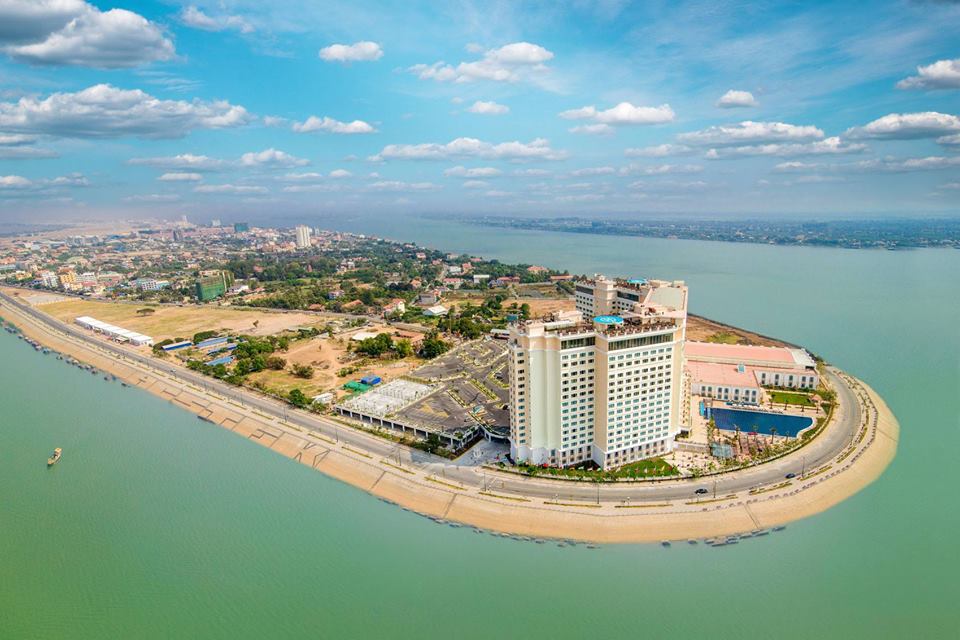
Phnom Penh is located in the southern heard of the country and fully surrounded by the Kandal Province. The municipality consists of the typical plain wet area for Cambodia, covering rice fields and other agricultural plantations. The province also features three of the biggest rivers of the country the Tonle Bassac, the Tonle Sap and the mighty Mekong.
All three rivers cross to form an "X" at their confluence, where the capital is situated. These rivers provide potential freshwater and other resources. The city, located at 11.55 N 104.91667? E (11?33' North, 104?55' East) covers an area of 375 square kilometres (145 sq mi) which some 11,401 hectares (28,172 acres) in the municipality and 26,106 hectares (64,509 acres) of roads. The agricultural land in the municipality amounts to 34.685 square kilometres (13 sq mi) with some 1.476 square kilometres (365 acres) under irrigation.

Siem Reap, Cambodia is located on the north-eastern side of the Tonle Sap Lake and is the main access to visit Angkor Wat. The center remains a rural old town, with French style houses and shops. The area around the old market is crowded with locals and foreigners all day long. A few steps more and you are in the middle of the nightlife area where the fun lasts till the sun shines again. Other than going to see Angkor Wat, there isn’t much to do in the town itself. While the city has become more popular with expats in recent years (and there’s a lot better food now too), I personally wouldn’t recommend spending much time here.
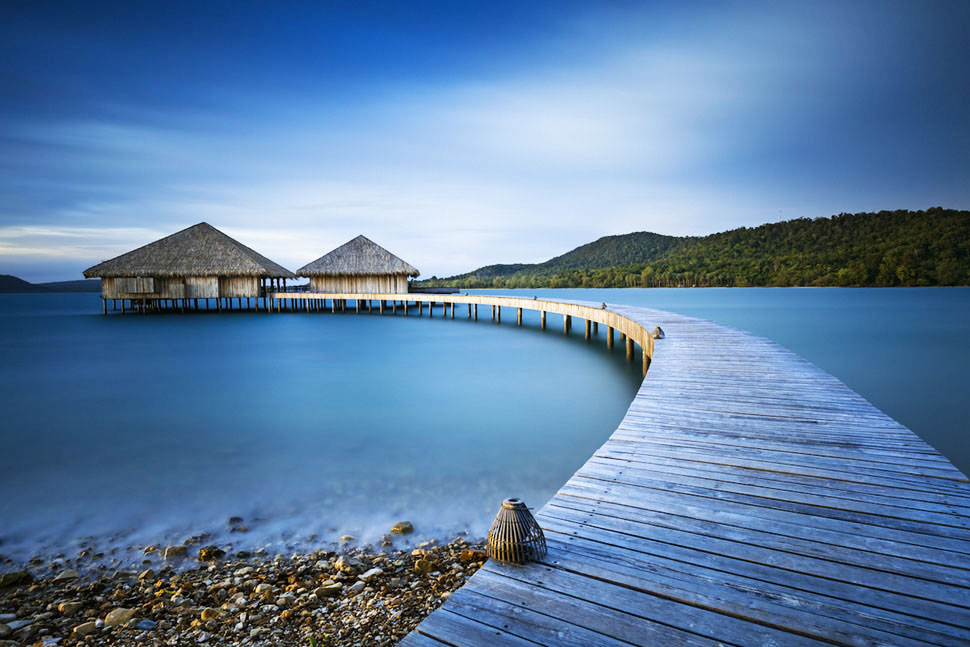
The city of Sihanoukville was named in 1964 after the ruling prince of Cambodia. It became a booming port and its golden beaches caught the attention of Cambodia’s jet-setting elite, who then built the first Angkor Beer brewery and the modernist seven-story Independence Hotel. The city fell off the map during the tragic reign of the Khmer Rouge and was “rediscovered” and revitalized by the backpacking crowd. It was a lazy beach town until about 2010 when it took off with travelers and is now the premier backpacker party city in Cambodia.
However, it’s easy to avoid that by staying at the lesser-known beaches and away from Serendipity Beach. For quieter times, visit the islands off the coast. You can use this travel guide to figure out what to do in the region so when you’re done drinking beer, you can get a taste of local Cambodian culture.
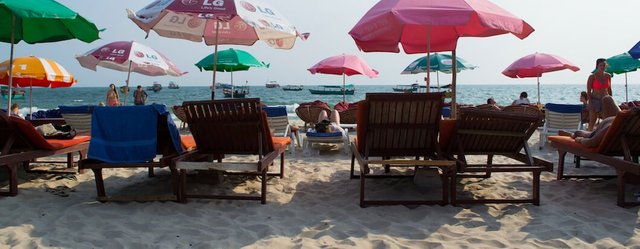
Congratulations @samorl! You have completed some achievement on Steemit and have been rewarded with new badge(s) :
Click on any badge to view your own Board of Honor on SteemitBoard.
For more information about SteemitBoard, click here
If you no longer want to receive notifications, reply to this comment with the word
STOPWould love to go here one day, lovely post...!
excellent photo
Good post! I'm going to follow you to see more post like this and for support us!
Hi! I am a robot. I just upvoted you! I found similar content that readers might be interested in:
http://www.tourismcambodia.com/travelguides/provinces/phnom-penh.htm